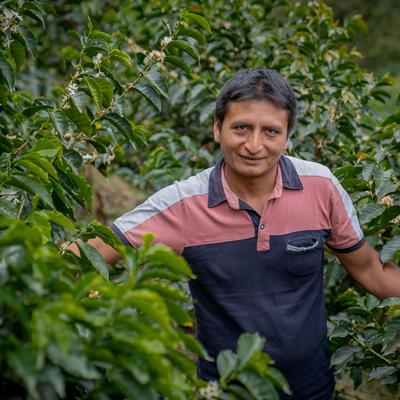Lima Coffee is a Peruvian association of coffee producers with more than 800 members in the cities of Jaen and San Ignacio. They export their products to many destinations in Europe and America. Company’s expertise lies in producing high-quality specialty coffee with a cupping score of 84 points or higher. Lima Coffee also markets micro-lots and diversify their markets by selling standard coffee, positioning themselves as a leading Peruvian organization in the coffee industry.
Lima Coffee believes that sustainable practices are essential for the long-term success of the industry, and the company is committed to promoting a sustainable future for coffee production in the north region of Peru.

General information
| Borrower | Asociacion De Productores Agropecuarios Lima Coffee Perú |
| Country | Peru |
| Head office | Jaen |
| Website | https://lendahand.com/blog/894-lima-coffee-peruvian-coffee-with-a-social-and-environmental-impact |
| Founded | 10 February 2016 |
| Active on Lendahand since | 19 June 2023 |
| Credit Score | 2.18 |
Financial information per 2022-12-31
| Total assets | €2,887,743 |
| Revenue | €11,373,441 |
| Leverage ratio | 80.00% |
| Liquidity | 103.40% |
About Peru
Peru is a South American country with a population of 33 million 35,304 inhabitants (INEI, 2022), it is considered one of the countries with the greatest ethnic and linguistic diversity. Its projections of global economic growth are at 3.6% in 2022 sustained by the greater operability of the economic activities most affected by the pandemic (trade and services) (Ministry of Economy and Finance). Peru has 24 departments and 1 constitutional province, the economic activities of agriculture, industry, commerce and services are found in all departments. The economic activity of Agriculture contributes 5.6% of the national production, with an annual growth of 3.8%, highlight the production of: oil palm, coffee, mango, blueberry, avocado, paddy rice, grape, lemon, cocoa among many more. The national coffee production in 2021 was 364,744 tons of parchment coffee, 3% more than in 2020. The regions with the highest production are San Martín (21%), Cajamarca (21%), Junín (19%), and Amazonas (13%).
Last funded project

Lima Coffee 5
Lima Coffee, an association of coffee farmers in Peru, seeks a final loan as the harvest season ends. Your investment offers income stability for Elvis and 32 other coffee farmers. Together, they promote sustainable, high-quality coffee, and their income leads to an improved living standard. *EUR/USD exchange rate r...Continue reading
